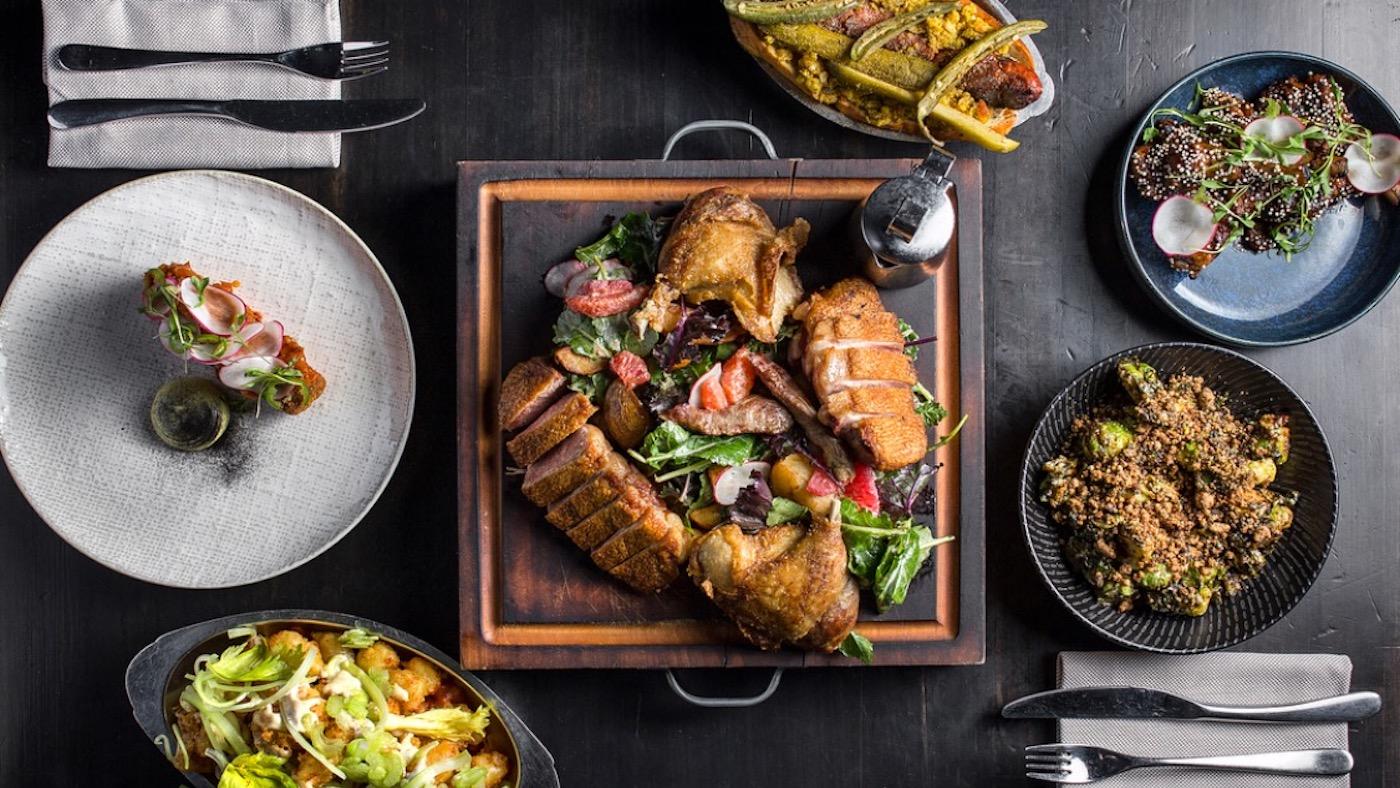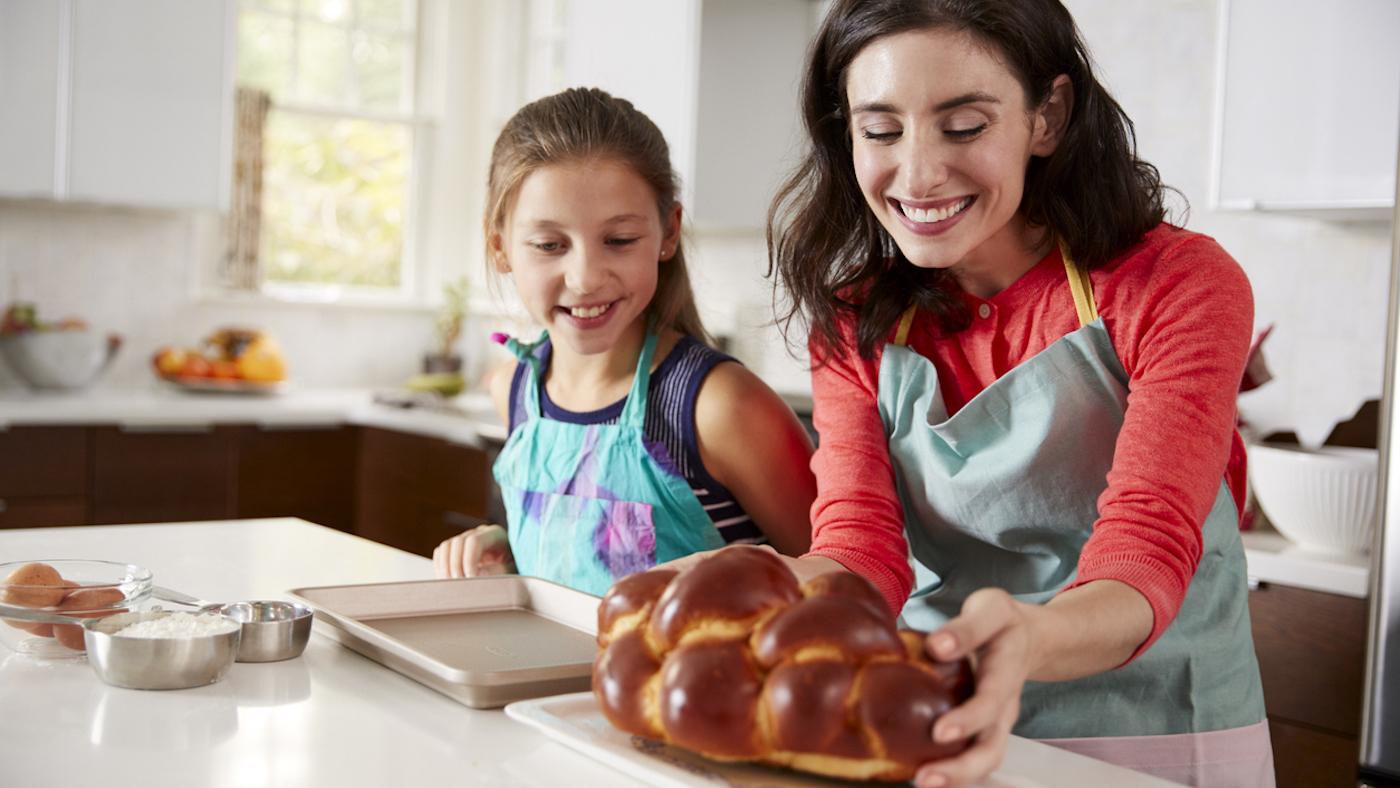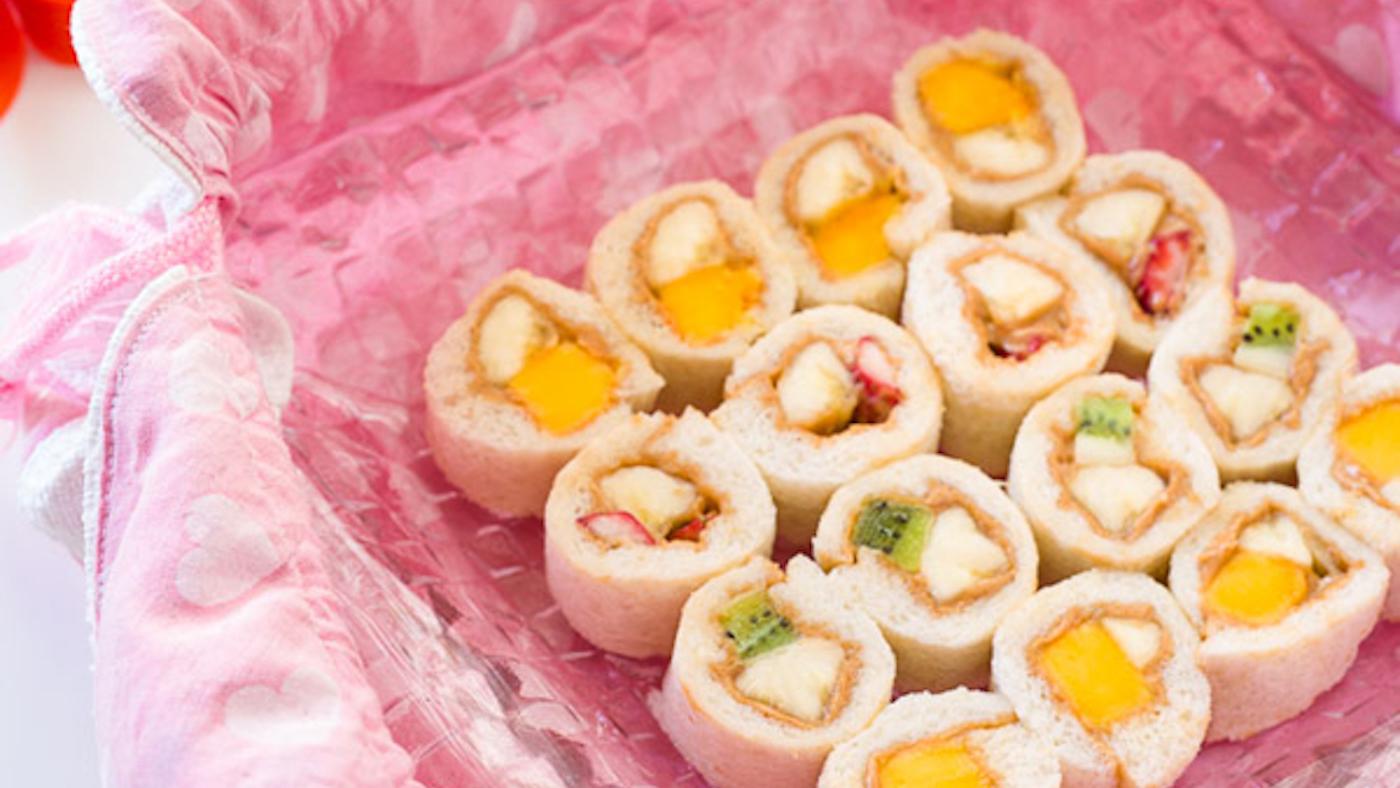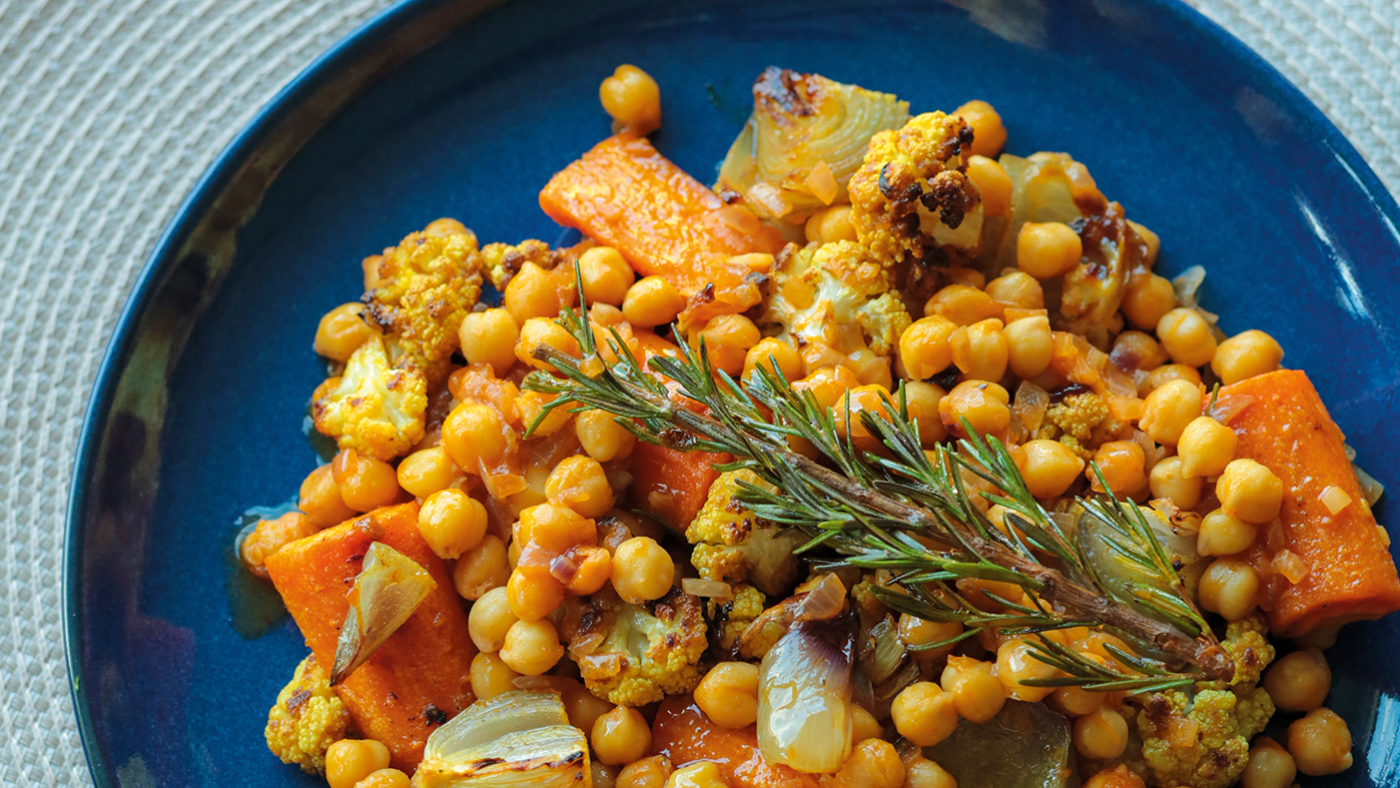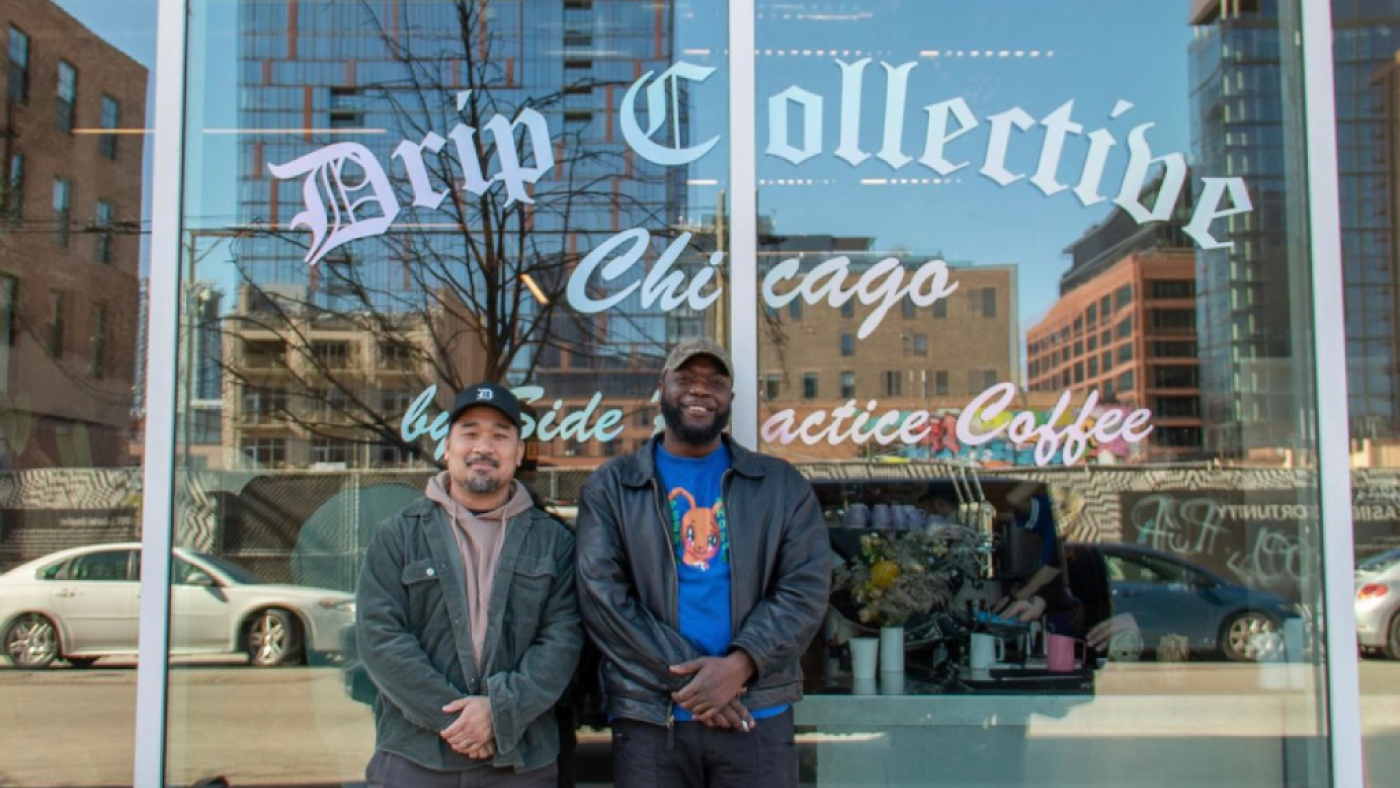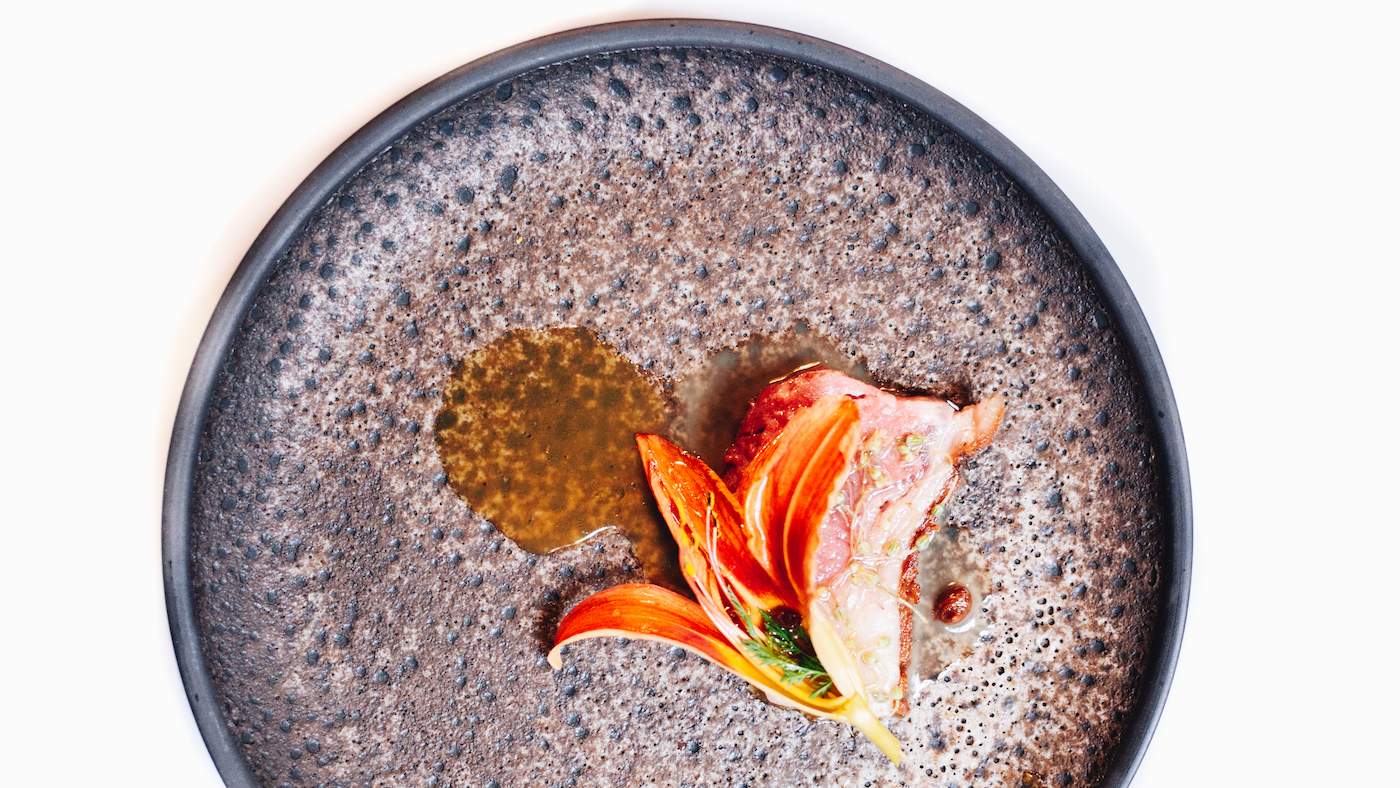A Nostalgic Jambalaya Recipe from Virtue Chef and 'Top Chef' Contestant Damarr Brown
Meredith Francis
June 15, 2022
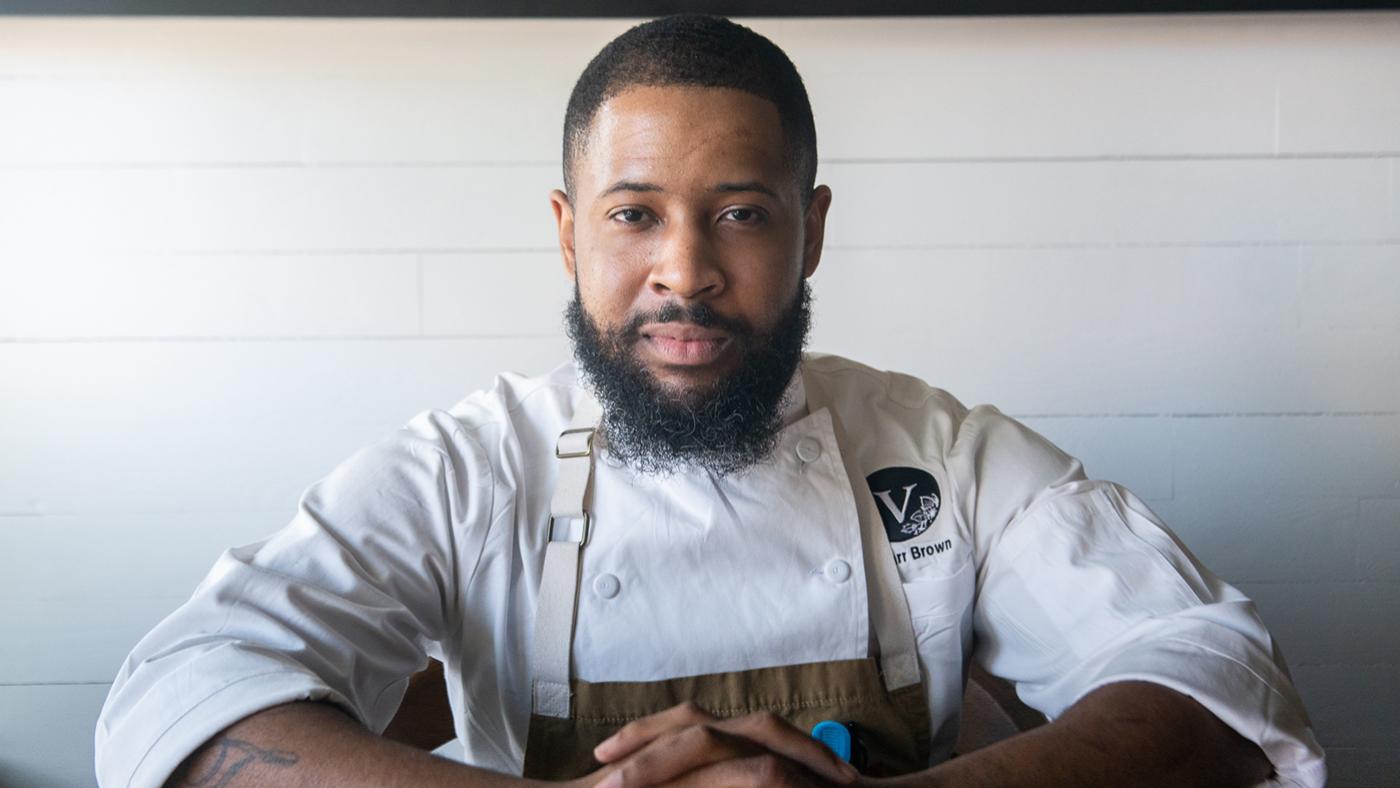
Damarr Brown’s Top Chef journey began when a producer from the show reached out to him on Instagram and encouraged him to apply.
“I wasn’t even sure if it was real at first, honestly,” says Brown, the Chef de Cuisine at Virtue in Hyde Park.
He wasn’t sure if it was something he wanted to do, but he talked to his mentor, longtime collaborator, and Virtue owner Chef Erick Williams. Williams convinced him to take the opportunity, Brown said, and his application was accepted.
Brown made it far into season 19, which wrapped up on June 2 of this year–just one episode shy of the finale. He said he enjoyed the experience, calling it “an incubator for rapid creative growth.” Brown was even voted the season’s “Fan Favorite.” That was validating for him.
“A lot of people told me I should smile more and be more excitable and talk more. I'm not the most talkative person… and traditionally that doesn't make for good TV,” says Brown. “But I couldn't really help but just kind of be myself, and I think that resonated with a lot of people.”
Before his Top Chef success, Brown had years of experience working in the Chicago restaurant industry. A native of south suburban Harvey, Brown began cooking as a child, about age 7 or 8. He began by cooking what he called “simple things” – pot roast in a crock-pot, collard greens, beans, braised cabbage, or “anything that smelled the house up and took a long time.”
“I was raised by a single mother. My grandmother was in the house and I was an only child,” Brown says. “So I think they had me in the kitchen to keep me out of trouble, keep an eye on me. But eventually I realized that I didn't mind it so much.”
Brown says that while he was learning to cook and watching his grandmother wash collard greens or prepare beans in a particular way, he was really learning about history.
“I was being taught flavors from the South,” he says. “Things I found delicious or find delicious today are actually flavors and ingredients that people were eating because that was what was available to them … This is all this relative space of why we do things the way we did things and why we do things the way we do things, that I think is fun to connect those dots and search out those timelines.”
After he went to culinary school, Brown had to figure out his next steps.
“I was, quite frankly, seeking out to work for a chef that looked like me,” Brown says. “At that time, I didn't have many options. Luckily, [former River North restaurant] mk was very close to the school and I knocked on the back door, the sous chef opened it, and I saw Chef Williams.”
Brown worked under Williams for seven years, and eventually the two got back together to open Virtue, a Southern American restaurant. The representation that was important to Brown in his early days in the industry is something they carried over to Virtue. The majority of the staff at Virtue are people of color.
“We hire within the community, and I think that there aren’t a lot for high-end restaurants on the South Side. I think due to redlining, people are still kind of divided in Chicago,” Brown says. “I think that if you're a young Black cook and you look inside the windows of all these high-end restaurants, you don't see a lot of yourself, which may mean to your mind that maybe you're not as welcome there, maybe you won’t fit in there, whether that's the case or not.”
Brown hopes his work helps to combat that idea and show aspiring young Black chefs that high-end kitchens can be a place for them..
“I think [Virtue] is one of the only restaurants like this in Chicago, and I hope that we continue to build on this to change how some of these restaurants look and feel,” he says.
At Virtue, Brown says he and their staff work to create a dining experience that is “creative in flavors that you wouldn’t necessarily expect.”
“There's something for adventurous eaters, or for people who like to eat more wholely and more cleanly,” he says. “It’s all very intentional, very warm, very nostalgic flavors.”
Nostalgia is a factor in the Chicken and Andouille Jambalaya recipe that Brown shared with WTTW Food. (See below.)
“My mom used to make jambalaya when I was a kid. And of course, it was the Zataran's box version,” Brown says. “I still remember what that smelled like or what the box looks like. So just playing off that in my head makes me happy.”
Brown says he has been experimenting with jambalaya ratios for a long time. It’s always a dish good for entertaining, like at parties or a pot-luck, he adds, because it’s easily made ahead of time, and it can sit for a while without the flavors changing. It’s also good for a busy chef.
“I also really like one-pot meals,” Brown says. “I really don't want to wash a bunch of dishes, so I go to a lot of trouble to think about how to do everything in one pot.”
Chicken and Andouille Jambalaya
Chef Damarr Brown, Virtue Restaurant & Bar
Ingredients:
4 cups medium-diced andouille sausage
4 cups of small-diced onion
2 oz butter
2 cups small-diced celery
2 cups small-diced green bell pepper
1/2 cup minced fresno peppers
1/2 cup minced garlic
4 cups rinsed brown rice
1/4 cup tomato paste
4 cups medium-diced chicken thighs tossed in cajun spice
8 1/2 cups of chicken stock
2 tbsp salt
2 tbsp of your favorite Cajun spice
2 tsp ground black pepper
1 tsp cayenne pepper
1/4 cup Louisiana Brand Hot Sauce
2 bay leaves
Directions:
1. Cook andouille in a 6-quart sauce pot until all the fat renders out. Remove the andouille and add onions and butter to the remaining fat and cook on medium to low heat, stirring frequently until onions are deeply caramelized, about one hour.
2. Once onions are caramelized, add celery, green bell pepper, fresno peppers, and garlic, and cook until soft and fragrant.
3. Add rinsed rice and tomato paste to the pot and toast on medium heat for 5 minutes.
4. Add the diced chicken, the cooked andouille sausage from earlier, the stock, seasonings, hot sauce, and bay leaves. Bring to a boil and simmer until the liquid has almost completely evaporated and absorbed, around 30-35 minutes.
5. Once almost all the liquid is gone, taste the rice. Adjust salt and spice to taste. If the rice is just about done, put a tight-fitting lid on the pot and turn off the heat. Let sit for 10 minutes. After it rests, you should have delicious jambalaya!
Note: Right before you add your lid when you taste the rice for doneness, also check your seasoning, you may want to add more salt or spice. Do so before the lid goes on.

